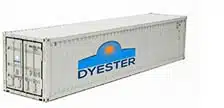How to Transform Cargo Containers into Stylish Affordable Homes
In recent years, the trend of transforming cargo containers into stylish, affordable homes has gained significant traction in the housing market, offering an innovative solution to the ongoing issues of affordability and sustainability. According to a report by Market Research Future, the global modular construction market, which includes container homes, is anticipated to reach approximately $157 billion by 2023, growing at a compound annual growth rate (CAGR) of over 6%. This suggests a shift towards alternative housing solutions as more individuals and families seek cost-effective ways to secure comfortable living spaces.
Cargo container homes are not only a budget-friendly option but also an environmentally conscious choice, as they promote recycling and reduce waste. The construction of such homes can lead to a decrease in conventional building materials, which traditionally contribute to significant environmental degradation. A study from the World Green Building Council indicates that the building and construction sector is responsible for 39% of global carbon emissions, and embracing cargo containers as a viable housing solution can help mitigate this issue. As urbanization continues to rise, the demand for creative and efficient housing solutions like cargo container homes is more pressing than ever, making it a relevant topic in the ongoing discourse about sustainable living.
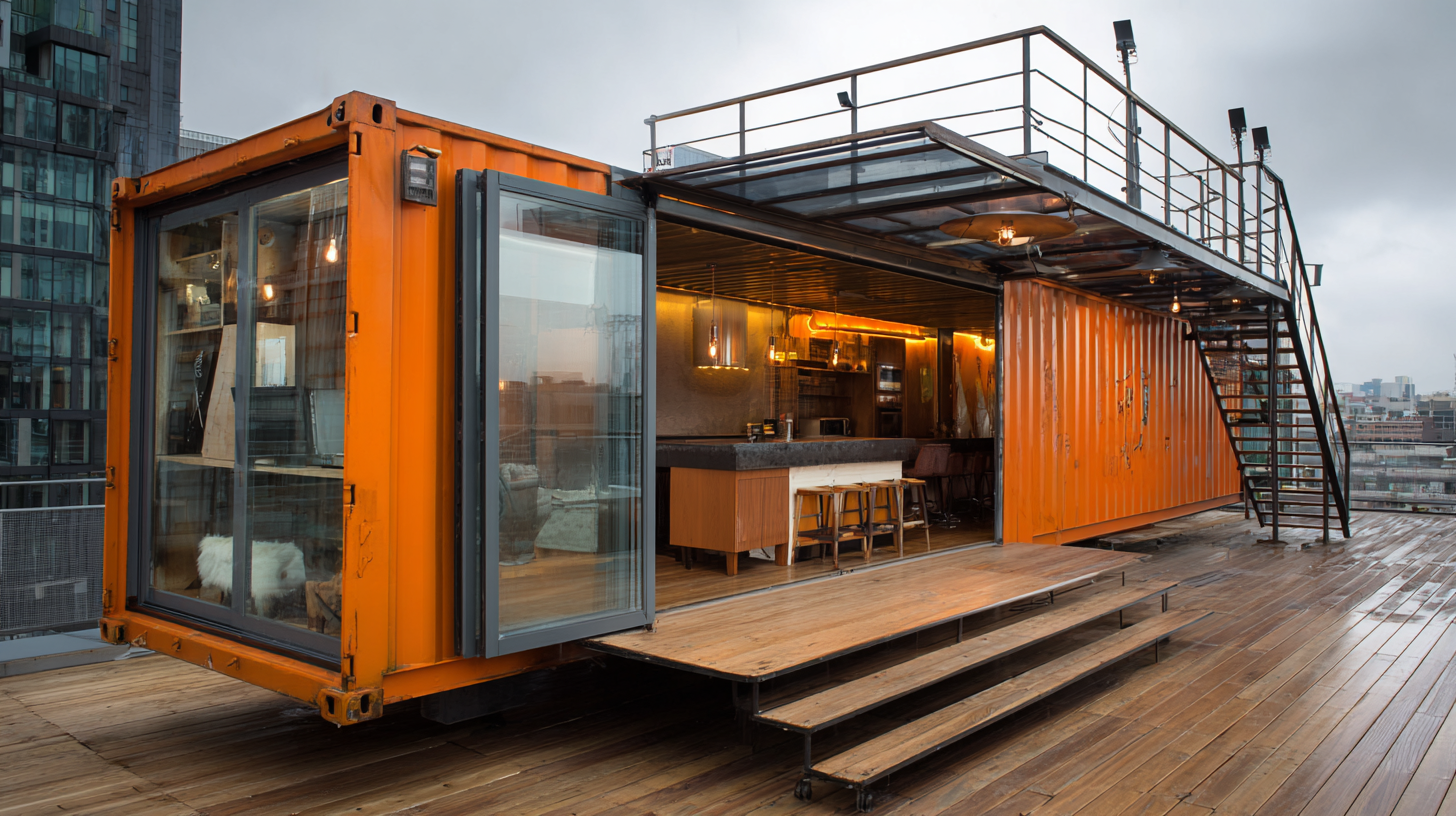
Innovative Design Ideas for Cargo Container Homes
Transforming cargo containers into stylish and affordable homes is an innovative solution gaining traction in the housing market. According to a recent report by the Container Housing Association, the average cost of building a home from cargo containers can be up to 30% less than traditional construction methods, making it an attractive option for budget-conscious homeowners. With their sturdy structure and modular design, cargo containers offer endless possibilities for customization, enabling the incorporation of modern design elements while ensuring functionality.
When planning your container home, consider maximizing natural light and space with large windows and open floor plans. Utilizing eco-friendly materials and energy-efficient appliances not only enhances the design but also reduces utility costs in the long run. In fact, studies show that container homes can achieve energy efficiency ratings comparable to conventional homes with proper insulation and renewable energy sources.
**Tips:** Integrate greenery into your design with rooftop gardens or vertical planters to promote sustainability. Additionally, invest in quality insulation to maintain a comfortable living environment, as container walls can be susceptible to extreme temperatures. Finally, collaborate with experienced architects who specialize in container architecture to explore innovative design ideas tailored to your needs.
Cost Comparison of Traditional Homes vs. Cargo Container Homes
Essential Features for a Comfortable Living Space
When transforming cargo containers into stylish affordable homes, incorporating essential features can enhance both comfort and functionality. Adequate insulation is crucial to maintain a pleasant indoor climate, ensuring that your space remains warm in winter and cool in summer. Consider using spray foam insulation for its effectiveness and ease of installation. Additionally, large windows will not only provide natural light but also help create a more open and inviting atmosphere.
Tips for optimal layout include creating distinct living areas within the limited space, which can be achieved by using furniture to delineate sections. Multi-functional furniture, such as a sofa bed or a dining table that converts to a workspace, maximizes usability. Don't forget about storage solutions; built-in shelving and raised beds with storage underneath can help keep your living space organized and clutter-free.
Landscaping and outdoor spaces are equally important in making container homes feel like complete dwellings. Consider building a deck or patio area that seamlessly connects indoor and outdoor living. Adding greenery through potted plants or vertical gardens can enhance aesthetics and promote relaxation, creating a serene escape right at home.
Budget-Friendly Renovation Tips for Container Homes
Converting cargo containers into stylish homes has gained immense popularity, particularly as housing prices continue to surge. According to a report by the Container Housing Institute, the average cost to convert a cargo container into a livable space is between $10,000 and $30,000, significantly lower than the typical home renovation expenses that can reach upwards of $100,000. This affordability makes container homes an appealing option for budget-conscious individuals looking to enter the housing market without breaking the bank.

To maximize the budget for container renovations, focusing on DIY projects can yield substantial savings. Simple upgrades such as adding insulation, which can reduce heating and cooling costs by up to 30% according to Energy Star reports, or installing energy-efficient windows can enhance comfort and reduce utility bills. Additionally, sourcing reclaimed materials for interior finishes not only adds a unique touch but also supports sustainability. By being resourceful with design choices and renovation processes, homeowners can create stylish, functional spaces that reflect their personal aesthetics while keeping expenses in check.
Sustainable Living with Cargo Containers: Eco-Friendly Options
Cargo containers have emerged as a remarkable solution for sustainable living, offering an eco-friendly alternative to traditional housing. By repurposing these industrial boxes, homeowners can significantly reduce their carbon footprint. The materials used in cargo containers are often sturdy and resistant to harsh weather, eliminating the need for extensive additional resources to build a conventional home. Moreover, the use of recycled materials contributes to reduced waste in landfills, aligning with the principles of sustainability.
In addition to their eco-friendly nature, cargo container homes can be designed to incorporate energy-efficient features. Innovative technologies such as solar panels, rainwater harvesting systems, and energy-efficient insulation can transform these containers into self-sustaining living spaces. This not only minimizes energy costs but also helps residents live in harmony with their environment. The versatility of cargo containers allows for creative architectural designs that maximize space while blending with natural landscapes, offering an attractive and environmentally conscious housing option.
Maximizing Space: Creative Storage Solutions in Container Homes
When transforming cargo containers into stylish affordable homes, maximizing space is essential. One of the most effective creative storage solutions involves using multifunctional furniture. For instance, a sofa bed serves as both seating and a sleeping area, allowing homeowners to utilize their limited square footage efficiently. Additionally, incorporating built-in shelving or wall-mounted storage can help keep the floor area open while providing ample space for books, decor, and personal belongings.
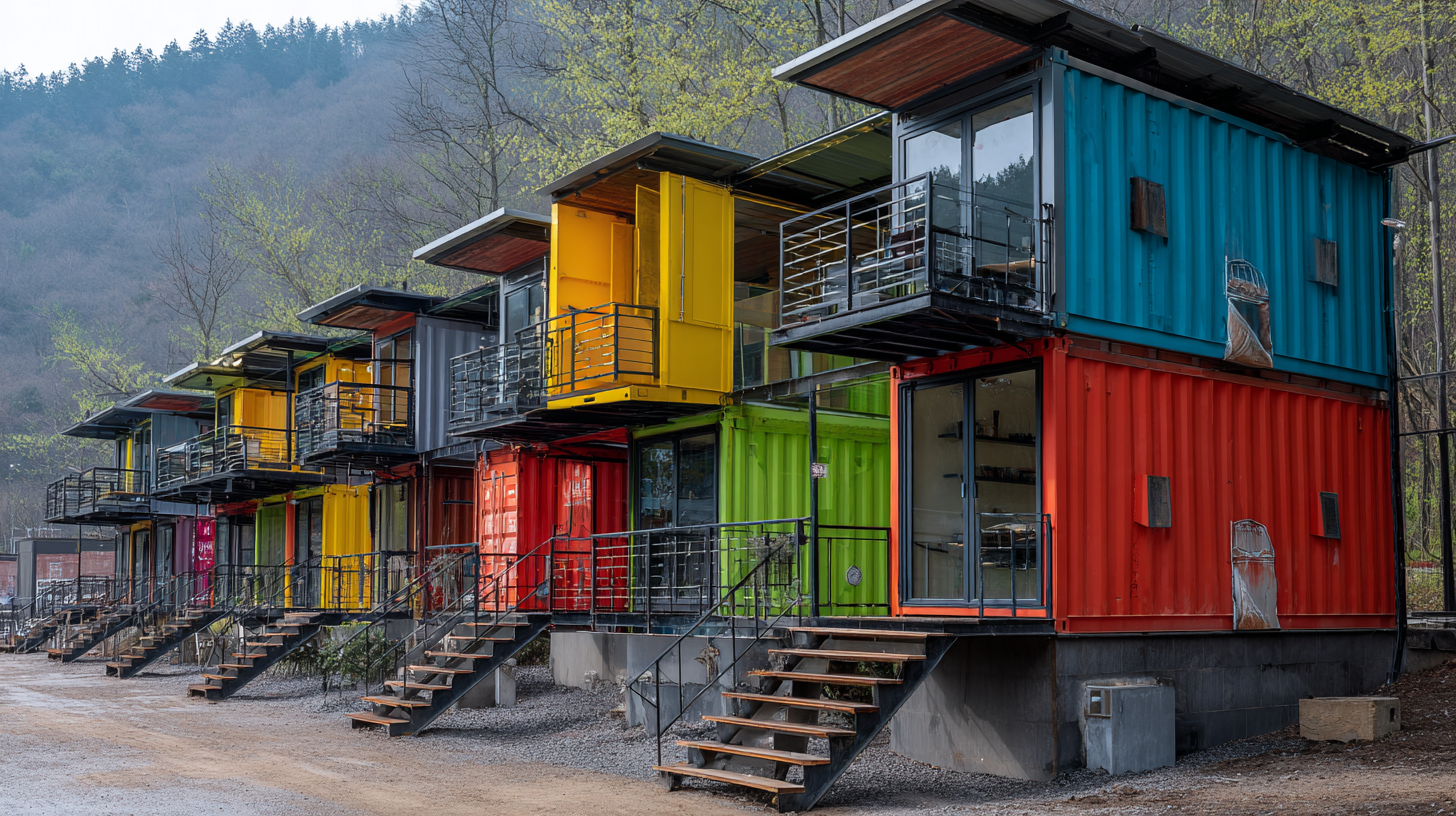
Another innovative approach is to utilize vertical space effectively. By installing tall cabinets and utilizing overhead storage areas, residents can create a more organized living environment. Hooks and pegboards can provide practical solutions for storing kitchen utensils and tools, while hanging plants can add aesthetic value without consuming valuable ground space.
By being mindful of spatial limitations and exploring these creative storage options, individuals can design functional and stylish container homes that reflect their personality and lifestyle.
Related Posts
-
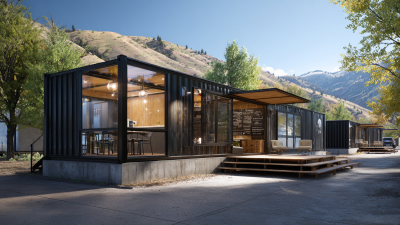
Exploring the Future of Modular Container Buildings: Sustainable Solutions for Modern Living
-

The Rise of Sustainable Living Through Shipping Container Flats
-

Sustainable Living Trends Revolutionizing Freight Container Homes for Eco Friendly Housing Solutions
-

Transforming Urban Living: The Rise of Innovative Shipping Container Flats in Modern Architecture
-
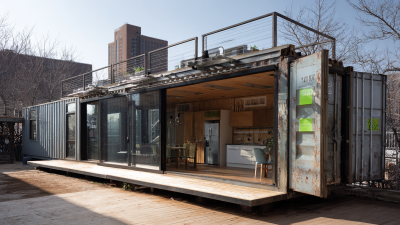
Transforming Shipping Containers into Sustainable Living Spaces: A 2023 Housing Solution
-

Transforming Sustainability: The Rise of Semi Container Homes in Eco-Friendly Living Trends

